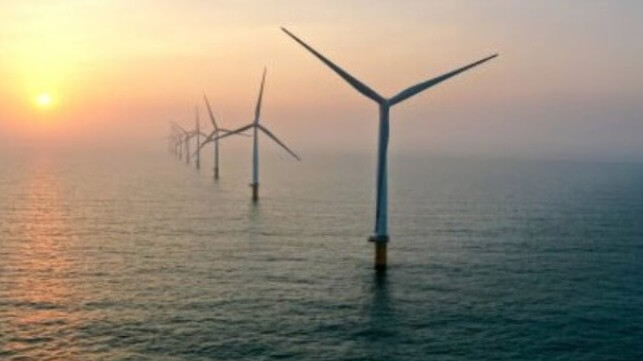BOEM Proposes Archaeological Rules as Criticism of Offshore Wind Grows

Faced with a broad range of criticisms over the development of offshore wind farms, the Department of Interior’s Bureau of Ocean Energy Management (BOEM) is proposing steps that it says are designed to ensure that wind farms cohabitate with other ocean users and reduce potential harm in the ocean environment. The latest proposals address marine archaeological resources following steps at the end of 2022 to work with National Oceanic and Atmospheric Administration Fisheries division.
To better protect shipwrecks and other cultural resources on the seabed from harm due to offshore energy activities, BOEM is proposing regulatory changes to its marine archaeology reporting requirements for activities on the Outer Continental Shelf. A notice of proposed rulemaking and request for comment will publish in the Federal Register on February 15, for a 60-day comment period ending on April 17, 2023.
BOEM says that after evaluating over 40 years of empirical evidence collected by and for the oil and gas industry, academic institutions, and state and federal agencies, it has determined that previously undiscovered archaeological resources may be present in any part of the OCS, regardless of the lack of any historical or predictive modeling evidence.
Currently, lessees and operators are only required to submit a marine archaeological report for oil and gas exploration and development plans if they are surveying an area that a BOEM regional director believes may contain an archaeological resource. The proposed changes however would require archaeological reports for all areas where a lessee or operator is proposing oil and gas exploration and development activities on the OCS. The proposed changes will also update the procedure for continuing operations when the archaeological report suggests that a resource may be present and what to do if an unanticipated archaeological resource is discovered during operations.
“These changes are necessary to ensure that lessees, operators, and BOEM have the information necessary to proactively identify marine archaeological resources,” said Dr. James Kendall, Gulf of Mexico Regional Director. “By improving our reporting requirements, we can increase the likelihood of identifying these important resources before they are inadvertently damaged by an OCS operator and help ensure compliance with the National Historic Preservation Act.”
In December 2022, NOAA Fisheries and BOEM shared the final Federal Survey Mitigation Strategy for the Northeast and Mid-Atlantic with plans to adapt the strategy for other regions as they seek to address anticipated impacts of offshore wind energy development on NOAA Fisheries’ scientific surveys. The joint strategy aims to avoid impact or interference with NOAA Fisheries’ surveys such as precluding access to sampling areas, impacting statistical design, altering habitats, and interfering with survey operations due to offshore wind development. NOAA Fisheries’ surveys were recognized by BOEM as essential for collecting the data necessary to inform the sustainable management of our nation’s fisheries, recovery of protected resources, conservation of habitats and ecosystems, and understanding the impacts of climate change.
These efforts come as BOEM is addressing a growing concern from environmentalists and others over a spate of recent whale deaths along the U.S. East Coast. At the end of January, 12 New Jersey mayors and other elected officials joined with environmentalists and citizens calling for a moratorium on all offshore wind activity, and today elected officials in Ocean City, Maryland joined in also calling for delaying permitting and construction for all offshore wind farms.
The groups are mostly citing the sonar surveys conducted in mapping out sites for the wind farms saying that they believe the signals are somehow disorienting whales causing them to beach. NOAA Fisheries and other scientists are however saying that they believe the signals are too weak and low frequency to harm the whales. NOAA cites a prolonged increase in whale deaths noting that its surveys show that at least 40 percent of the necropsies show that the whales have been injured with ship encounters, fishing nets, or other similar activities. Surveys in other areas such as the UK which has a large installed base of wind farms have also failed to find any direct links between the development and operation of the sites with whale deaths.
The American Clean Power Association, a wind energy developer trade group, has also issued statements criticizing efforts promoting unfounded claims linking whale strandings to wind power survey work.
BOEM is attempting to be responsive to the concerns being raised about the development project. At the same time, they are working to move forward aggressively with the development process citing impacts associated with climate change and the Biden Administration’s declared goal to significantly increase the offshore wind energy to 30 gigawatts of fixed bottom turbines by 2030 and an additional 15 gigawatts of floating offshore wind energy by 2035. Many states, including New Jersey and Maryland, also have ambitious goals for offshore wind energy as part of their renewable energy policies.
